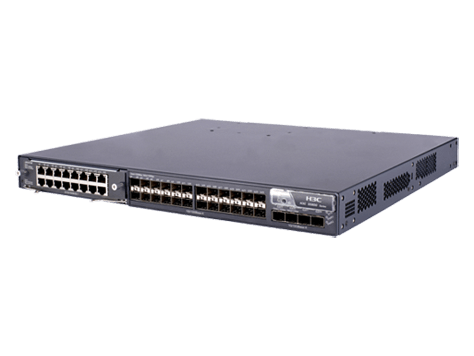I’ll list some of the OIDs I used:
Determine the OID of the processor load by running the command in Linux:
snmpwalk -v 2c -c сommunity host .1.3.6.1.4.1.25506.2.6.1.1.1.1.6 snmpwalk -v 2c -c сommunity host .1.3.6.1.2.1.47.1.1.1.1.7
As a result of the execution of the first command, a list of OIDs will be displayed, those in which a value greater than 0 means CPU loading. If the switches are stacked, then the OID with a value greater than zero will be greater than one. The second team is looking at the description, ours will be “Board”.
Determine the OID of memory usage:
snmpwalk -v 2c -c сommunity host .1.3.6.1.4.1.25506.2.6.1.1.1.1.8
Determine the OID of the temperature:
snmpwalk -v 2c -c сommunity host .1.3.6.1.4.1.25506.2.6.1.1.1.1.12
OID to view the ARP list:
.1.3.6.1.2.1.3.1.1
We look in what vlan are ip:
.1.3.6.1.2.1.2.2.1.2
See also:
SNMP OID and MIB for interfaces
